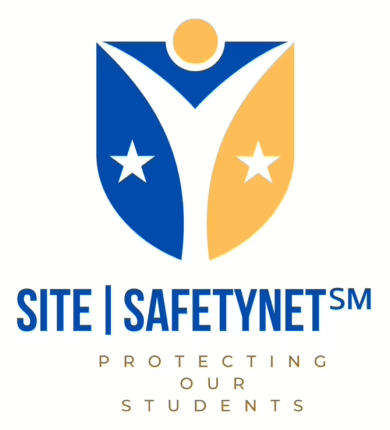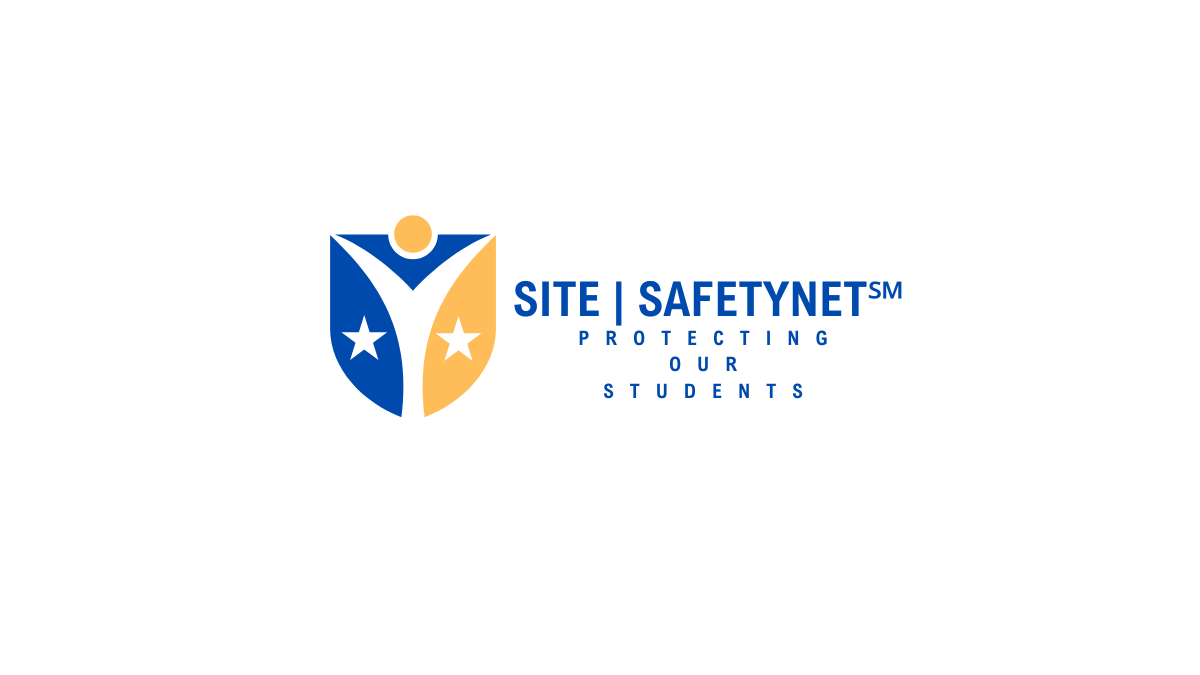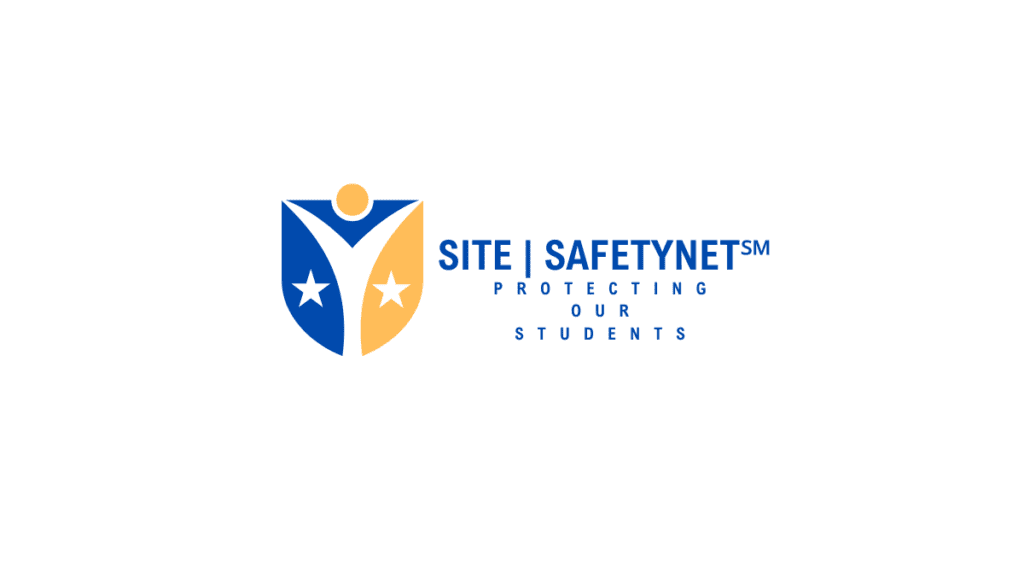 Here’s a summary of the insights from The AI Edge eBook by AlertMedia, focusing on aspects relevant to integrating AI into your SITE|SAFETYNET℠ platform:
Here’s a summary of the insights from The AI Edge eBook by AlertMedia, focusing on aspects relevant to integrating AI into your SITE|SAFETYNET℠ platform:
Enhancing K-12 School Safety with AI: SITE|SAFETYNET℠ Integration Strategy
Critical Themes for AI Integration
-
Strategic AI Alignment:
- Align AI initiatives with specific business challenges rather than pursuing AI for its own sake. This means starting with an apparent problem AI is well-suited to solve, like identifying gaps in K-12 safety zones and enhancing real-time threat assessments.
- Prioritize enhancing human capabilities rather than replacing them, using AI to streamline tasks that may otherwise overwhelm teams, such as data analysis from multiple sources.
-
AI Utility and Tactical Applications:
- AI can classify and prioritize alerts, offering actionable insights for immediate response. For SITE|SAFETYNET℠, this could mean using AI to sift through data to identify critical safety alerts or trends, improving the platform’s Dynamic Safety Score (DSS) responsiveness.
- Predictive analysis is a valuable application, allowing proactive measures based on seasonal trends, such as anticipated increases in certain types of incidents in schools.
-
Risk and Mitigation:
- Key risks include data quality issues, scalability concerns, and the potential for overreliance on AI. Accurate data can lead to poor safety assessments, and relying solely on AI could miss nuanced human factors critical in emergencies.
- Ethical concerns include biases and privacy issues, which are paramount when implementing AI in sensitive environments like K-12 schools. Establishing robust data governance policies to prevent unauthorized data use and ensure data privacy is essential.
-
Human-AI Collaboration (Human-in-the-Loop):
- A balance between AI and human oversight ensures quality control and accountability. For SITE|SAFETYNET℠, integrating a “human-in-the-loop” model means having safety officers or administrators validate AI findings, reducing false positives, and allowing nuanced decision-making.
- This approach reinforces the need for experienced personnel who can interpret AI outputs, especially when AI lacks the contextual understanding critical in dynamic school environments.
-
Training and Upskilling:
- Teams should receive foundational training in data literacy and AI principles to work effectively alongside AI. This equips them to interpret and act on AI outputs accurately and responsibly. For SITE|SAFETYNET℠, training K-12 administrators in AI and data handling can maximize the tool’s value and ensure the platform is used effectively.
- Implementing AI-driven training modules within SITE|SAFETYNET℠ could also standardize emergency responses, helping educators remain consistent and effective during high-stress incidents.
-
Continuous Improvement and Monitoring:
- AI integration is not a “set it and forget it” process. Regular assessments and audits of AI functionalities are crucial to ensuring ongoing relevance, accuracy, and compliance. SITE|SAFETYNET℠ could benefit from an iterative approach, where AI systems are regularly updated based on user feedback and evolving safety trends.
Framework for AI Success
The eBook proposes a three-step framework for responsible AI integration:
- Problem-Centric Approach: Define the core challenges SITE|SAFETYNET℠ aims to solve with AI.
- Risk Reassessment: Regularly update risk profiles focusing on security, ethics, and operational continuity.
- Human-In-The-Loop Systems: Integrate human oversight to enhance AI capabilities without compromising safety standards.
By adopting these principles, SITE|SAFETYNET℠ can leverage AI to augment its core functionalities effectively, helping provide students and staff with a safer learning environment. Let me know if you’d like more specific details on these areas.
🚀 Join Our Start-Up and Help Revolutionize K-12 Safety with AI! 🚀

 Here’s a summary of the insights from
Here’s a summary of the insights from 